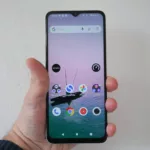Quick review
The good
The not-so-good
How much phone can you get for $179? That’s the question an Australian phone maker is asking, as the Aspera Nitro 2 aims to offer value for money. Does it succeed?
Design
A plastic block with a phone inside coloured light blue and white with a slight iridescent pearl tone, the Aspera Nitro 2 won’t win awards for originality, but it is at the very least appealing enough to the eye.
This isn’t just another mediocre looking black or white phone, but has something slightly more to it. Nice enough, for sure.
Features
Underneath the hood of that “nice enough” body, Aspera is offering a fairly low-end set of specs, something that probably won’t surprise provided you keep that sub-$200 price point firmly in the front of your mind.
Inside, there’s a Unisoc T310 chip (SC9863A) married to 3GB RAM and 64GB storage, the latter of which can be upgraded with a microSD.

There’s not a whole lot to this phone, but there may be enough, with support for 4G, WiFi, Bluetooth 5, a 3.5mm headset jack, and a USB-C port for charging and data transfer. Interestingly, Near-Field Communication (NFC) makes an appearance in this phone, meaning support for Google Pay is also included.
You will find two cameras on the back, one being a 13 megapixel and the other not listed in the specs, though we suspect it’s a 2 megapixel camera for blurring backgrounds in portrait mode. Meanwhile, the front offers an 8 megapixel camera.
All of this sits under a 6.6 inch HD+ (1612×720) screen, with a 5000mAh battery on the inside and a fingerprint sensor on the back. Facial login is also supported, giving you two ways to jump into the phone from standby.
On paper, the specs seem okay.
| Model | Aspera Nitro2 (Nitro 2) |
| Chip | Unisoc T310 chip (SC9863A) |
| RAM/Storage | 3GB RAM; 64GB storage |
| OS | Android 13 Go |
| Display | 6.6 inch HD+ (1612×720) |
| Cameras | 13mp rear, unspecified second; 8mp front |
| Connections | 4G, WiFi, Bluetooth 5, GPS, NFC, USB-C, 3.5mm |
| Size/Weight | 8.9mm, 192g |
| Price | Starting from $179 AUD |
In-use
In use, you start to carve out a slightly different story, though mostly when you turn to the performance of the hardware.
The Aspera Nitro 2 is relatively friendly when it comes to opening up and using: there’s a fingerprint sensor on the back, plus facial security using the front-facing camera. That’s a handy combo, and it’s been some time since we’ve seen a rear fingerprint sensor.
That rear sensor isn’t always reliable — about 50 percent of the time, it failed to read the one finger we registered, before the facial security took over. In instances where that didn’t work, we typed in our PIN.
You certainly have options in the Nitro 2, but usability doesn’t always look great on this phone.
For what it’s worth, Android doesn’t always either.
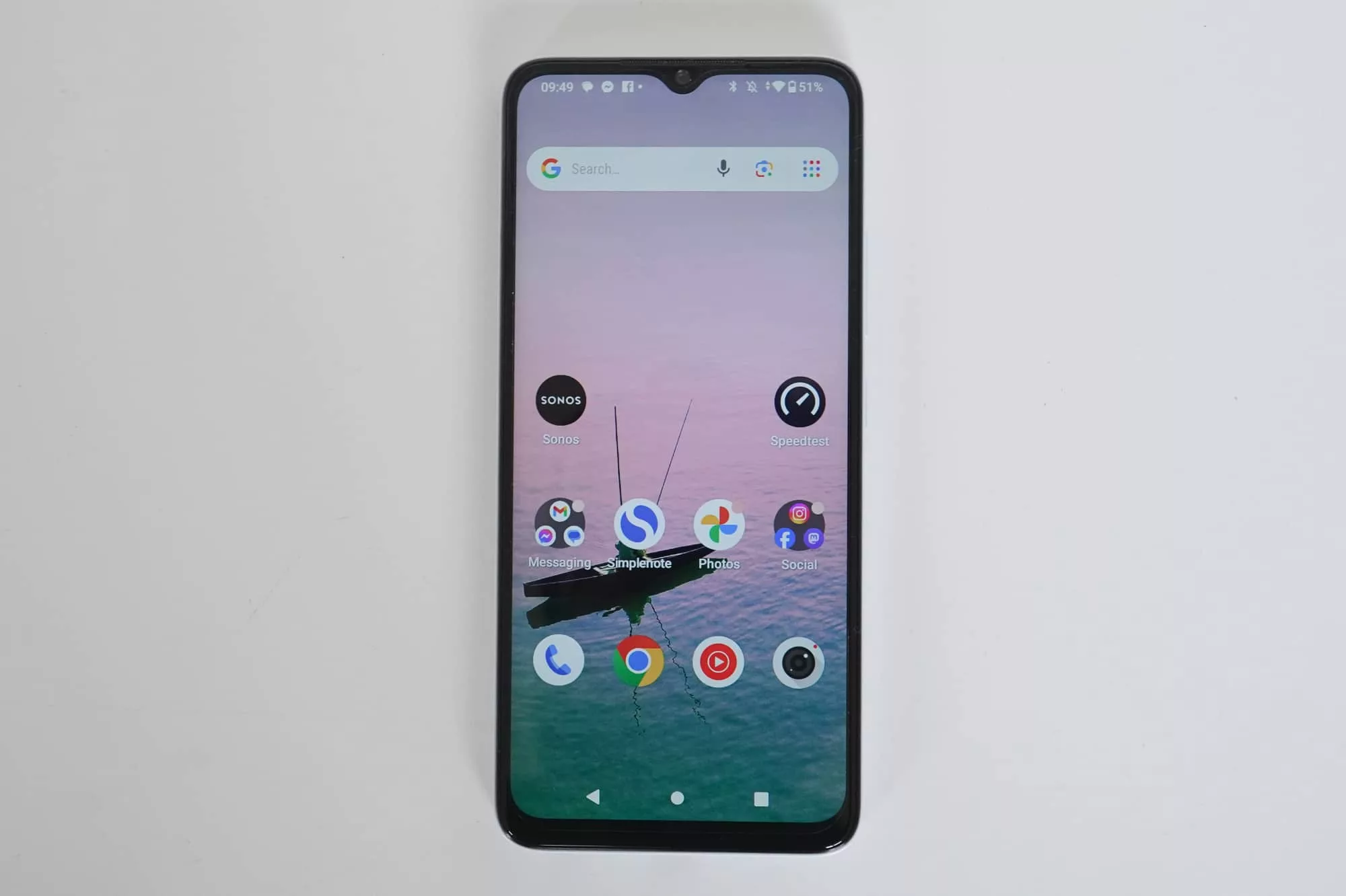
Aspera isn’t running a stock version of Android the way you might expect, and it’s not even the latest. While phones released in 2024 typically sport Android 14, the Nitro 2 comes with Android 13 Go, the lightweight mobile edition made for devices with low-end hardware.
As a result, there’s a home screen app running called “Quickstep”, a simplified version of Android home that loses the left-most Google Discovery feed, and offers little in the way of home-screen customisation. All the extra space between rows on your home screen is stuck that way inside Quickstep, with little in the way of change.
It’s Android, sure, and it lets you connect to the Google Play Store to find apps and run them, but it’s not exactly the same Android we’ve come to expect.
Performance
While Android is slightly different from what we usually see in our reviews (slightly!), the performance is very different. Some of that is to be expected, of course: this is a budget phone, released in the true “cheap as chips” category of the market, pricing it at under $200 for an Android phone with NFC.
That category is growing in 2024, and halfway into the year, we’ve already seen one other do this, as the Motorola G04 achieves the same $179 price point with a few performance trade-offs.
By comparison, Aspera is achieving a sub-$200 price point with many performance trade-offs, because this thing is slow. Noticeably slow.
In defence of Aspera, apps do work on the Nitro 2, but sometimes they’ll take longer to sync with their servers, while other times nothing will appear inside of them, almost as if the phone was struggling to load what you asked it to.
As if to prove this issue, the latest version of the benchmarking app Geekbench (Geekbench 6) couldn’t be found for the Android version on the Nitro 2, so we used its predecessor (5) and found several loads crashed in testing no matter how many times we tried it.
The result is clear in the benchmarks: the Aspera Nitro 2 is a slow phone. It is probably the slowest phone we’ve reviewed in a long time.
Aspera’s Nitro 2 is so slow, it manages to be slower than many phones released up to four years ago, possibly making used versions of those better options to consider.
The phrase “the struggle is real” can really be applied to this handset, which works some of the time but genuinely struggles throughout the rest.
We’re looking squarely at the Unisoc T310 being used under the hood, a chip that is lower than the T606 and 610 used in other similarly budget phones being released to market lately. Between this low-end chip and the 3GB RAM, we think the Nitro 2 is too underpowered for what it’s trying to be: a smartphone driving value.
It even manages to be lower performance than a mid-range mobile released nearly four years ago. The Pixel 4a with 5G wasn’t a speed demon in any sense, but even it delivers more performance in our testing.
Mobile performance is a little different. At least it functions, providing 4G speeds as high as 48Mbps in our tests on the Telstra Wholesale Network by way of Mate.
That’s not amazing, but depending on where you are in Australia and the telco you use, this could rise higher; 4G is still capable of some solid speeds, and you might be able to get them.
You’ll just need to hope the rest of the phone can keep up with you.

Camera
On the back, the two cameras give the sort of middling performance you can probably expect from a budget phone.
Again, we need to stress the whole budget nature of this mobile: the Nitro 2 is not meant to be an iPhone competitor, or even a choice outside of another high-end Android. It doesn’t even technically compete with mobiles in the mid-range, so no use looking at it versus a Google Pixel 8a, one of the current top choices in the world of mid-range mobiles.
Rather, expect it to provide acceptable albeit slightly soft pictures in daylight and much less usable images in low light without the flash.



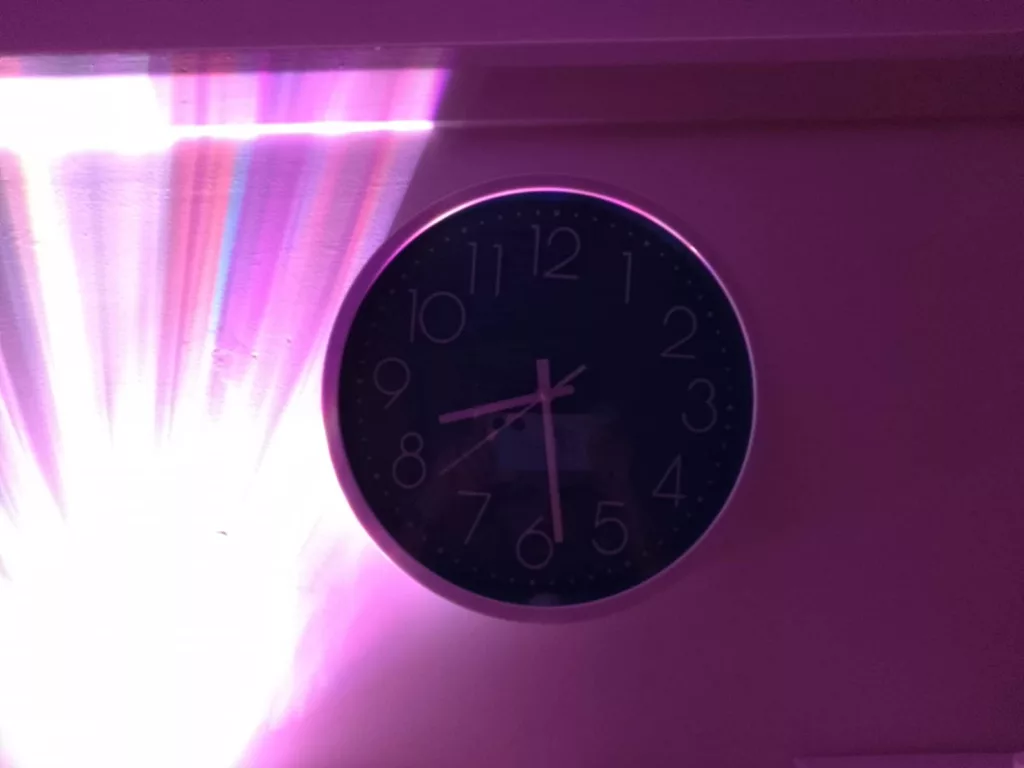
We’re not fans of using flash in phone cameras — it’s often too harsh to be useful — but this might be about the only way you’ll see a decent low-light image. Ish. Emphasis on the ish.
Battery
One area that might prove itself acceptable is the battery life, which does fine at a day and a half, but feels like it could be slightly better.
The phone sports a 5000mAh battery, and that size is typically big enough for budget and mid-range phones with relatively low performance to hit two days. Indeed, the Nitro 2 seems like it can, but our time with the phone suggested 1.5 days was more likely, which seems under where the phone should be hitting.

Value
The other thing going for Aspera is the price.
At $179 in Australia, the Nitro 2 is a well-priced handset, delivering a big screen, big battery, and NFC for Google Pay for under the $200 mark.
That’s not bad.
What needs work?
What is bad is almost everything else.
The performance struggles made the time reviewing the Nitro 2 an absolutely frustrating mess. I’ve never wanted to be off a phone so quickly in my life. In 17 years of reviewing gadgets, I can count the number of times on one hand this has happened.
The camera is understandably not great, providing decent shots if you hold still, but only if you do that. It doesn’t even trigger the haptic vibrations automatically when you take a shot. You actually need to glance down at the image saving window to see the camera has worked.
You also need to make sure you open the camera properly, otherwise the camera app fails to run.
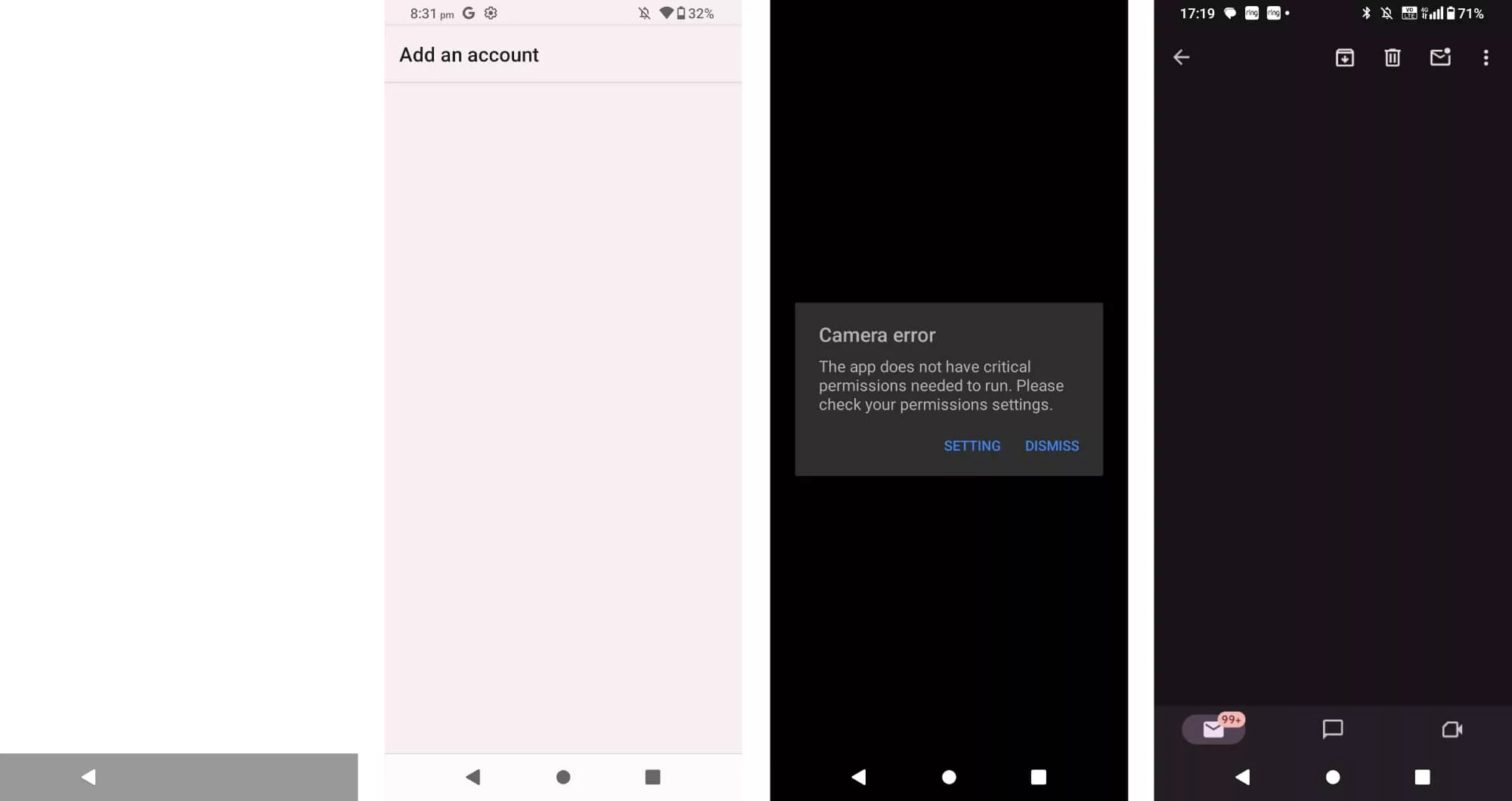
When it does load, aside for soft images, you may find double up in some of those images. Even in daylight, we found the camera could at times act as if it was in low light, and blur an image with an extra layer, as if there wasn’t enough light to grab the shot.
Oh, and out of the box, Aspera is running an outdated version of Android — Android 13 Go — and it does not run well. Given Android 14 has been out for nearly a year, this doesn’t fill us with confidence that the Nitro 2 will ever see an update, which may mean you’re stuck with it until your next purchase. Depending on how much you can deal with the frustrations, that time might be sooner than you expect.
It’s not a great experience overall. There are so many better phones out there.
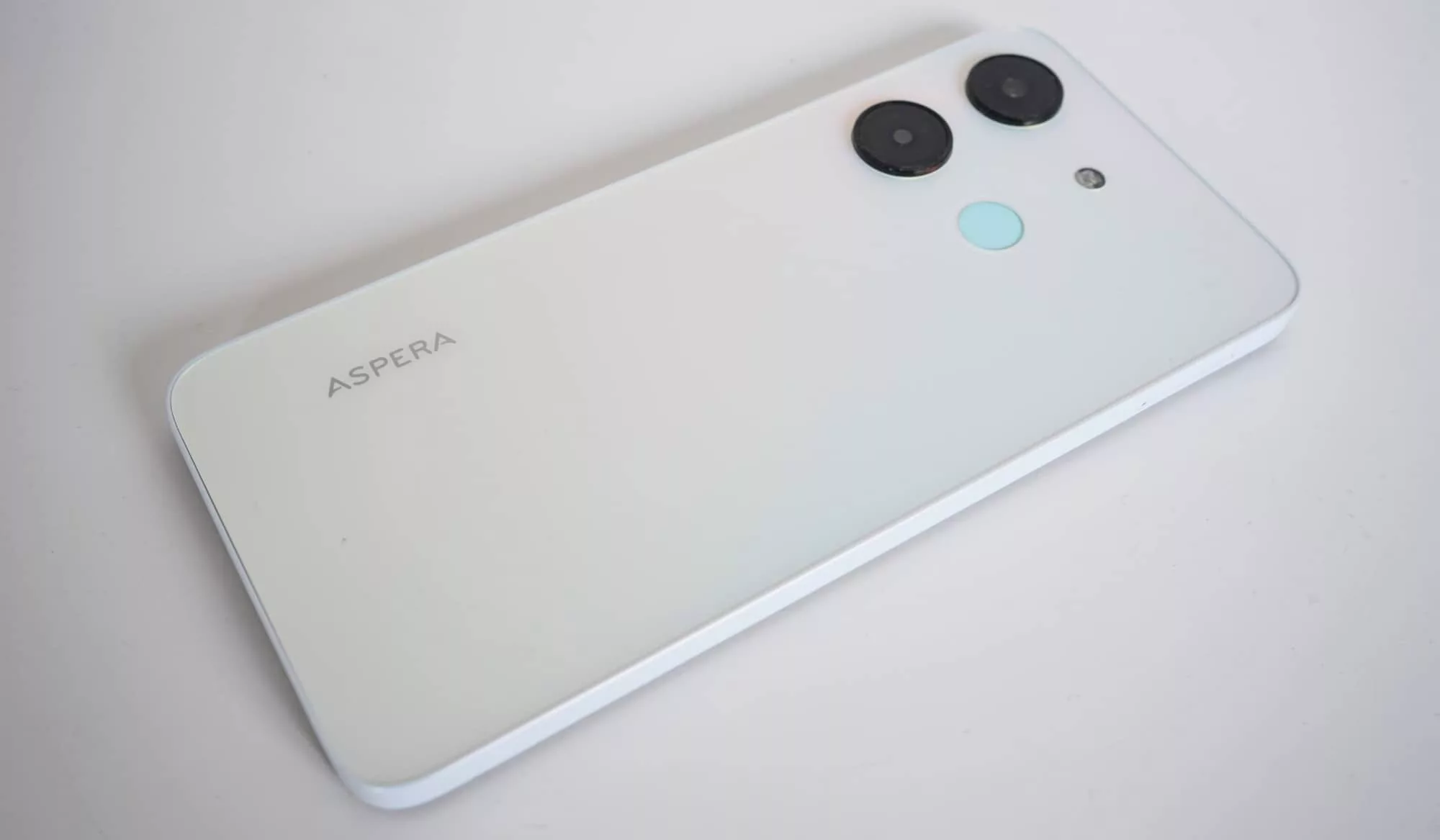
Final thoughts (TLDR)
That’s not to say the Nitro 2 isn’t going to be an ideal phone for someone, we’re just not entirely sure who that person is.
Even going on the basics of what the Aspera Nitro 2 does right, it’s difficult to recommend, especially when competitors are doing a better job at the same price for a similar package. The Motorola G04 isn’t an amazing phone by any stretch of the imagination, but it’s does nearly everything Aspera is trying to achieve in a better way for the same $179 price point.
If the Nitro 2 was under $100, then maybe this would be a possibility for some. But frankly, we’d venture spending that little bit more, largely because the frustrating performance is just too difficult to deal with. About the only things going for it are the big screen and minimalist design, and they’re not all that a unique selling point.
